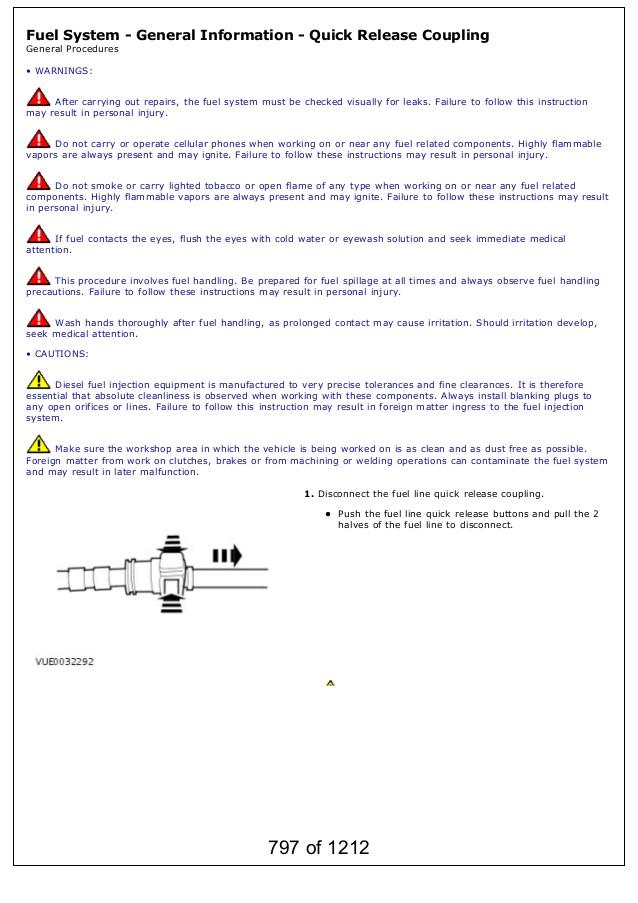On the fuel filter, lift pump, priming etc
Firing the car back up after the install
I did some reading about this, and it seems to be an area of common confusion 
After a filter install, the fuel system needs to be primed to give the HP pump enough pressure to do its thing without air locks. On the 2.2 tdci, there is a lift pump in the tank. On the 2.4, there is not, meaning some people have had issues after doing this type of service. Lucky I own a 2.2 
In my instance, I primed the secondary (new) fuel filter using the primer pump on top of the unit, and the air bleed screw. Worked OK, albeit a bit messy.
After thinking I was good to go, I fired the car up and it ran for all of about 10 seconds, before sputtering to a halt. Bricks were promptly ****, thinking that I'd done something stupid and got an engine full of mud or something.
After the initial panic, I did the standard bleed procedure- keyed the vehicle to ON, and cycled this on and off about 10 times, each time hearing the lift pump gurgling the diesel and air voids back into the tank. After this process was completed (when no firther gurgling noises are heard) then the vehicle was started and allowed to idle. There were a few misfires and rough operation to start with, but it worked as per normal after that.
Bum dyno
After a brief test drive, I can say this has completely changed the vehicle! It's like getting a 1500HP BAS retune running nitrous- the last of the big V8's!
No, actually I lie.
Feels the same, if anything I've lost performance from the extra few kilos of weight that is hanging off it now... It's a longevity mod, and I'm cool with that.
I've written the date and Kilometers on the filter and will put this on a 20,000km service interval, assuming there is no contamination events.
The factory filter is 5 microns, the secondary is 2 microns.
Hopefully others have found this interesting.
Until next time... Cheerio.
-Mitch
'El Burro' 2012 Defender 90.



 Keeping it simple is complicated.
Keeping it simple is complicated.
 Reply With Quote
Reply With Quote






Bookmarks